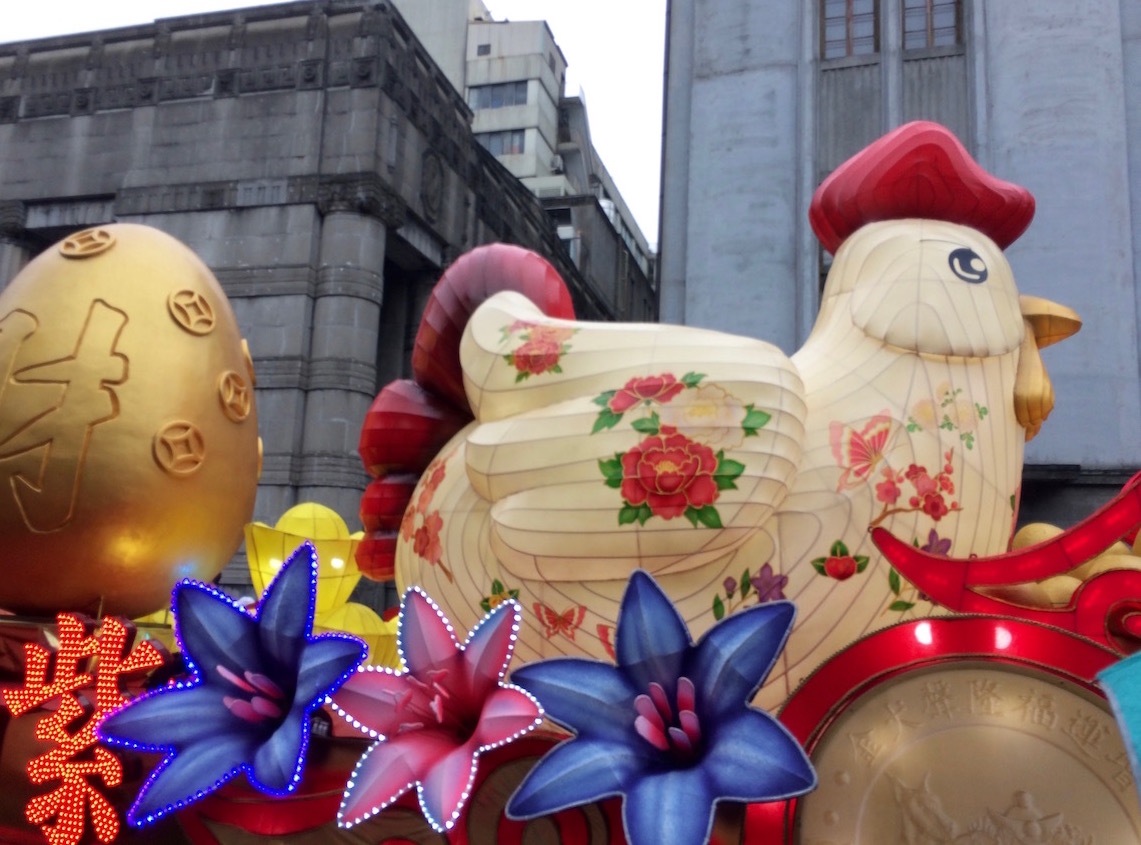What Do You Know About Taiwan?
Taiwan is an independent democratic state in East Asia, officially called the Republic of China (ROC). It’s a compact mountainous island located off the coast of mainland China. Taiwan is situated between the People’s Republic of China (PRC) to the west, Japan to the northeast, and the Philippines to the south. It is said to be the most populous state and largest economy that is not a member of the United Nations. The US does not have an official embassy in Taiwan, due to the geopolitical balance with China. Taiwan’s land area is about one and a half times the size of New Jersey. The primary language is traditional Mandarin, with many dialects and other languages spoken.
Look for the small island of Taiwan in the China Sea, between China, Japan, and the Philippines
Taiwan was first inhabited by indigenous Austronesians, then colonized by the Dutch and Spanish in the 17th century, who opened it to Han immigration from China. It was occupied by Japan from 1895 to 1945. In 1912 after the Qing dynasty fell on the mainland, the Republic of China (ROC) was established there, but decades of fighting followed. In Taiwan, the ROC gained control in 1945 after the Japanese lost World War II. When the ROC lost the mainland to the Communists, the government withdrew to Taiwan in 1949.
Communicating in a Mandarin World
Sign posted on a Taipei bus with a mysteriously clear message: No Birds!
At Taipei University of the Arts I’ve gotten acquainted with eleven talented graduate students who registered for my visiting artist workshop—also called “Becoming A Bird.” They were curious about the title and about methods for making “collaborative environmental sculpture,” which was new in some way for all. Their art specialties include painting, video, installation, performance, and dance, which I learned in our introductory image-sharing. I arrived on campus with little information about the school except its excellent reputation, and few tips on locating supplies. It’s been a process of mutual exploration, as we examine my theme of human-bird connection and find ways to make sculpture together from scratch, testing materials like wire, branches, bamboo, and found objects.
Students collaborate in an exercise to collect found-objects on campus, then use them to invent a bird-figure sculpture
The students also had to be comfortable with a class taught in English, as I came with no Chinese language beyond minimal first efforts. Most are Taiwanese of various backgrounds—that is, Mandarin speakers whose parents and grandparents may have different regional languages, and who have studied English in school, though sometimes more in written than spoken form. A few are foreign-exchange students from Japan and Germany, who study art and Chinese and appreciate speaking English.
I decided to enroll in a Mandarin class on campus myself, trying to absorb vocabulary and recognize traditional Chinese characters—alongside my other journeys.
Phoenix with Nine Heads, Qing Dynasty illustration from the Shan Hai Jing, or Classic of Mountains and Seas, a book of myth and geography from 4th-century BCE China
Finding Mythic Bird-Figures in Asia
The students first looked at human-bird connections and stories in their home cultures and in Taipei. I had discovered a number of Chinese folktales and local images—old and new—and they offered more. Here are just a few that we shared.
The Jingwei Bird of Chinese myth, who was once a girl who drowned in the sea; she was turned into a bird that forever drops a stone or twig to try to fill up the sea—an image of persistence
Japanese Tengu figure, Buddhist forest demon whose beak is often shown as a long red nose
Garuda, the human-bird creature familiar in Buddhist and Hindu traditions but not typically seen in Chinese culture; this carving is from Bali, Indonesia
From the Korean Olympics, a figure of Inmyeonjo, the human-faced bird seen in ancient Goguryeo tomb paintings of 668 BCE
Daydream, or The World in Aves’ Eyes, public art in the busiest Taipei subway station, by Joyce Ho and Craig Quintero (Fulbright scholar 2015-2016)










